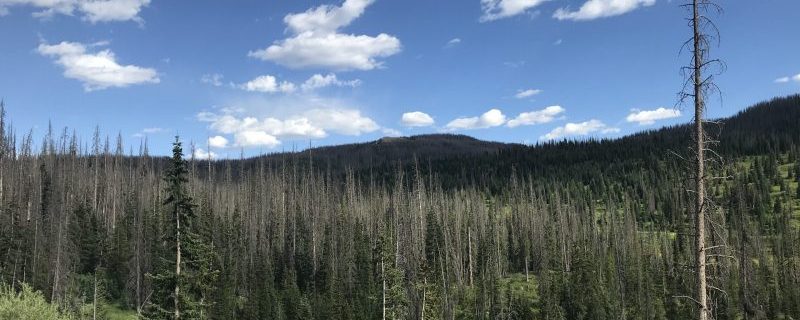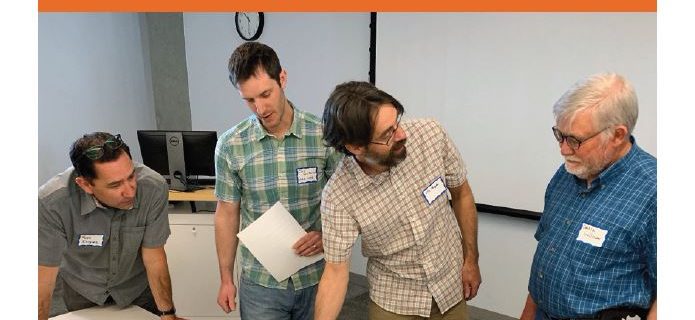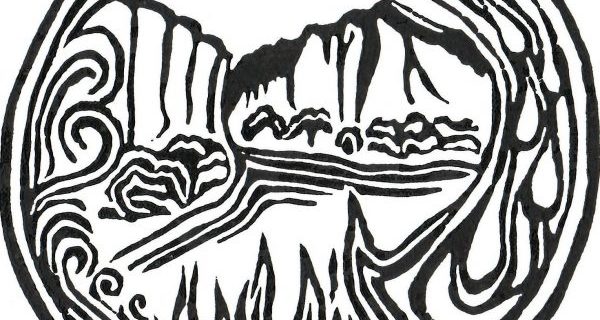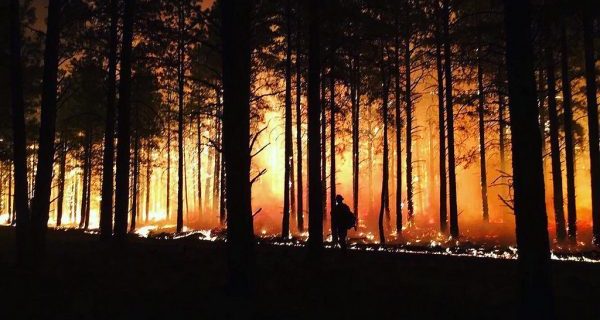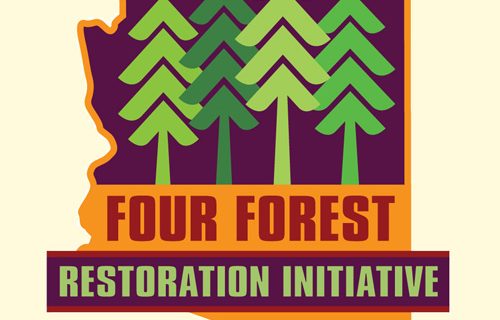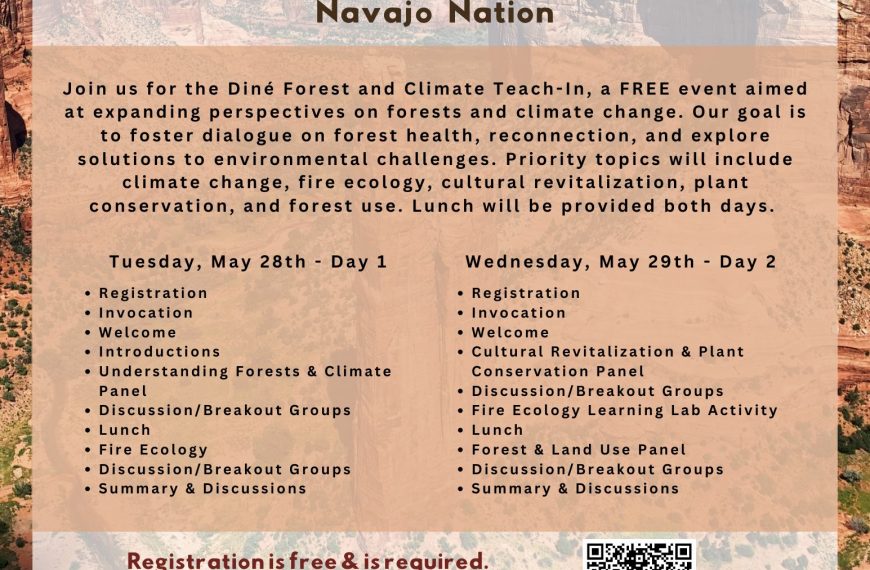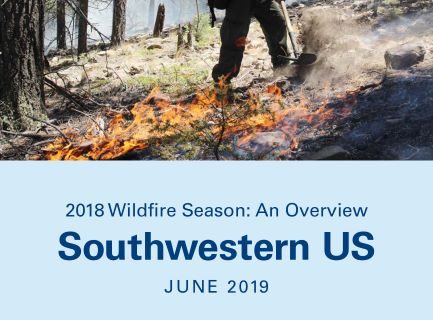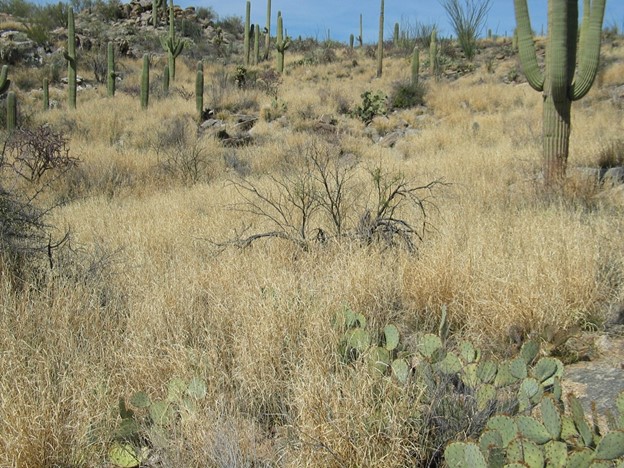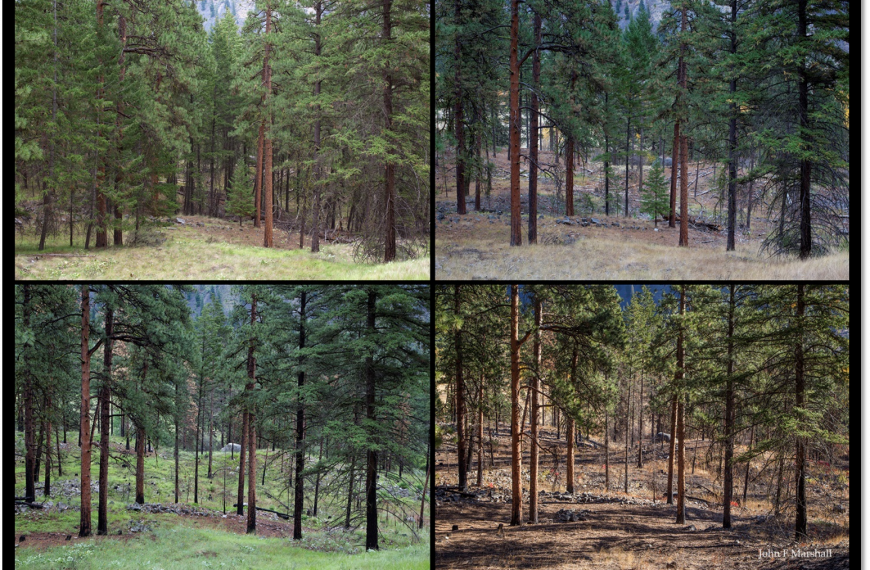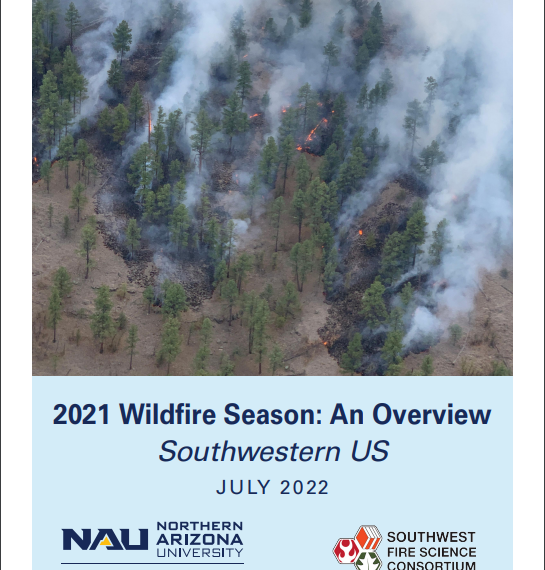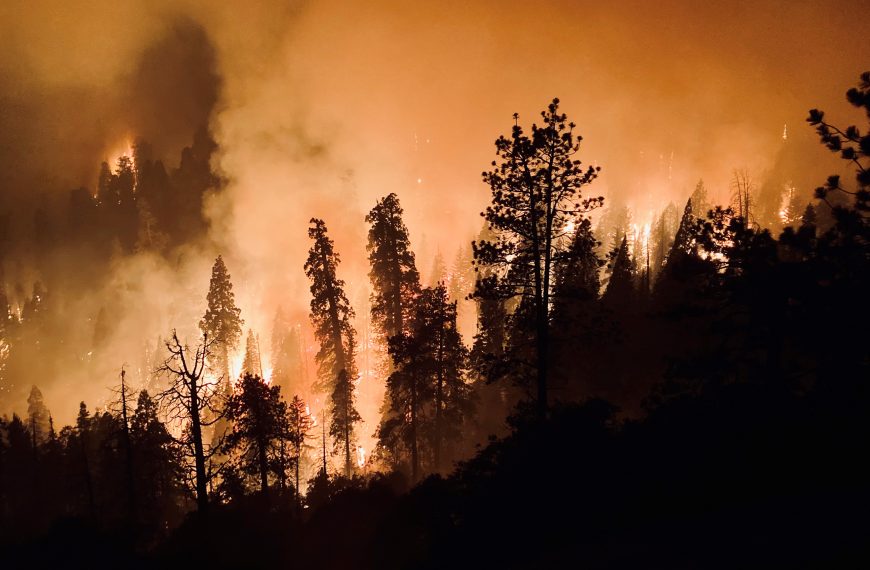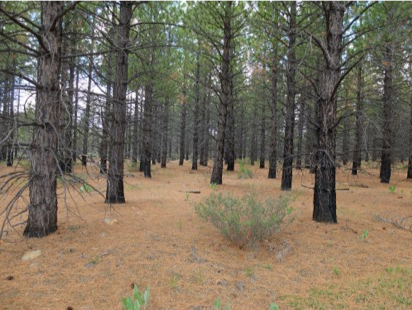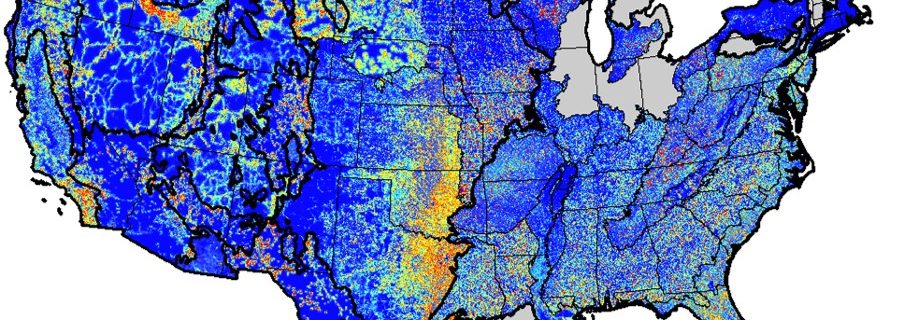A brief look at how the Black Range of the Gila National Forest goes about putting down thousands of acres of prescribed fire. See how the District works in a collaborative and productive manner while working within the multiple-use framework to include grazing, wildlife, recreation, and community outreach. Supported by science, the agency looks to keep fire on the landscape. View the YouTube video here.
Resilience in National Forest Planning
Presenter: Jesse Abrams, University of Georgia Date: September 9, 2020 11am AZ/12pm MDT Recent policies including the Cohesive Strategy and the 2012 NFMA planning rule emphasize restoration of landscape resilience as a way forward for living with fire on national forestlands. But what does resilience mean, what does it take to plan for resilient landscapes, …

